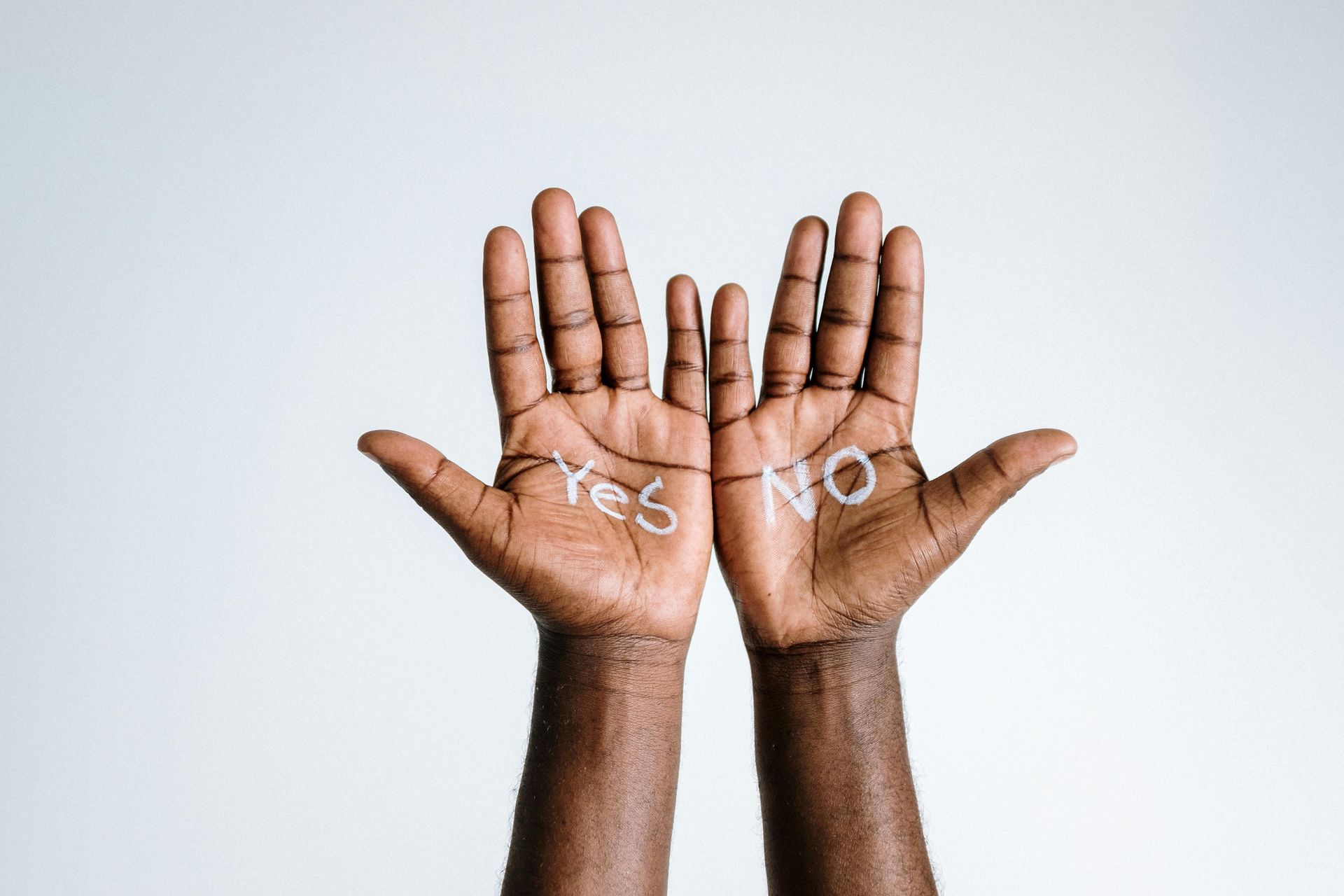Houston Utility Patent Litigation Attorneys
Let Wilson Whitaker Rynell help protect federally registered patent in court.
Houston Utility Patent Litigation Attorneys
Patent infringement is the unlawful use, selling, or copying of a patented invention by an individual who is not authorized to use, sell, or copy the patent.
What is a Utility Patent?
A utility patent is a form of legal protection provided to inventors for their new and practical creations, granted by government agencies like the United States Patent and Trademark Office (USPTO). Utility patents cover a wide range of inventions, including processes, machines, articles of manufacture, and compositions of matter. With a utility patent, inventors gain exclusive rights to their invention, preventing others from making, selling, using, or importing the inventor's invention without permission. Unlike design patents, which focus on the ornamental appearance of a product, utility patents safeguard the functional aspects of an invention.
To be granted a utility patent, an invention must meet certain criteria, including novelty, non-obviousness, and usefulness. In order for a utility patent to meet the definition of novelty, the invention must be new and not previously known or disclosed to the public before the patent application was filed. An invention is "non-obvious" if it is not an obvious improvement of existing technology to someone skilled in the relevant field. And, an invention is useful if it has a practical application and provides some benefit to society.
Examples of Utility Patents
Chances are, you've come across quite a few well-known design patents in your everyday life. Some popular products that have been issued utility patents include:
1. The lightbulb
2. The telephone
3. Bluetooth
4. The 3D Printer
5. The Iphone
What is Required to File a Utility Patent?
First, you should conduct a patent search to determine whether your invention or innovation has already been patented by someone else. Patent searches involve searching through databases of existing patents and other literature to identify prior art--existing inventions or technologies that are similar or relevant to the invention being searched. Patent searches can also help inventors and/or their attorneys understand the state of the art in the relevant field and inform the development of the invention.
Second, you will have to complete a utility patent application which includes multiple sections and contains several formal requirements. These requirements include, but are not limited to, a detailed written description of the invention, including its purpose, structure, and operation, the claims which define the scope of protection sought for the invention, a brief summary of the invention, highlighting its key features and advantages, visual representations of the inventions such as diagrams, illustrations, or photos, and a formal statement signed by the inventor(s). Additionally, the application may include other optional components, such as an Information Disclosure Statement listing any relevant prior art references known to the inventor, or a Power of Attorney appointing a patent attorney or agent to represent the inventor in patent matters.
Protect Your Utility Patent
Patent infringement occurs when someone makes, uses, sells, or offers to sell a patented invention without permission from the patent holder. To protect your patent, it is crucial to monitor the market for potential infringers and take legal action if you find a third-party using your patent without authorization. This may involve sending cease-and-desist letters, negotiating licensing agreements, or pursuing litigation in federal court.
To prove someone is using your patent without permission, you should confirm three things:
1. You own a valid patent for your invention;
2. You have evidence that the accused is using your patent without your permission; and
3. The infringing product or process includes all the elements outlined in at least on independent claim of your patent.
In the event of a successful patent infringement lawsuit, the court has the authority to issue an injunction, barring the infringer from continued use or sale of the patented device. Other potential remedies recoverable by the patent owner include destruction of infringing products, royalties, or lost profits. The compensatory damages can be increased to as much as three times for willful infringement and the court may impose attorneys' fees in exceptional cases.
Seeking advice from qualified intellectual property attorneys, like the attorneys of Wilson Whitaker Rynell, can help you navigate the complexities of patent law and safeguard your invention effectively.
CLIENT MATTERS
5,000+
YEARS OF SERVICE
25+
Award Winning
Recognized in the legal industry as dedicated board-certified lawyers and Rising Stars.
Expert Team
Your project will be handled by legal experts every time. You will have the most experienced attorneys working for you.
Quality Representation











